Growing E-Commerce Sector
The expansion of the e-commerce sector in the US is significantly influencing the web application-firewall market. With online retail sales projected to surpass $1 trillion by 2025, businesses are increasingly reliant on secure web applications to facilitate transactions and customer interactions. This surge in online commerce has heightened the need for enhanced security measures to protect sensitive customer data and maintain trust. As a result, organizations are investing in web application-firewall solutions to safeguard their platforms against potential breaches. The web application-firewall market is thus positioned to benefit from this growth, as companies seek to mitigate risks associated with online transactions.
Rising Cybersecurity Threats
The web application-firewall market is experiencing growth due to the increasing frequency and sophistication of cyber threats. Organizations are facing a myriad of attacks, including SQL injection, cross-site scripting, and DDoS attacks. As a result, businesses are prioritizing the implementation of robust security measures to protect their web applications. According to recent data, the cost of cybercrime in the US is projected to reach $6 trillion annually by 2025, underscoring the urgent need for effective security solutions. This trend is driving demand for web application-firewall solutions, as they provide essential protection against these evolving threats, ensuring the integrity and availability of critical online services.
Emergence of Advanced Threats
the web application-firewall market is adapting to advanced threats targeting web applications. Cybercriminals are employing increasingly sophisticated techniques to exploit vulnerabilities, making traditional security measures insufficient. This evolving threat landscape is prompting organizations to invest in advanced web application-firewall solutions that offer enhanced protection against such attacks. The market is expected to grow as businesses recognize the necessity of adopting proactive security measures to defend against these advanced threats. The continuous evolution of cyber threats indicates a persistent demand for innovative web application-firewall solutions that can adapt to new challenges.
Increased Regulatory Requirements
the web application-firewall market is driven by tightening regulatory requirements surrounding data protection and privacy. Regulations such as the California Consumer Privacy Act (CCPA) and the General Data Protection Regulation (GDPR) impose stringent obligations on organizations to protect user data. Non-compliance can result in hefty fines, prompting businesses to adopt comprehensive security measures, including web application-firewalls. The market is likely to see a surge in demand as companies strive to meet these regulatory standards, ensuring that their web applications are secure and compliant. This trend indicates a growing recognition of the importance of cybersecurity in maintaining regulatory compliance.
Shift Towards Digital Transformation
The ongoing digital transformation across various industries is a key driver for the web application-firewall market. As organizations increasingly migrate their operations online, the need for secure web applications becomes paramount. This shift is evident in sectors such as finance, healthcare, and retail, where digital services are becoming the norm. The web application-firewall market is likely to benefit from this trend, as businesses seek to protect their digital assets from cyber threats. Furthermore, the integration of advanced technologies, such as cloud computing and mobile applications, necessitates robust security solutions, further fueling the demand for web application-firewalls.


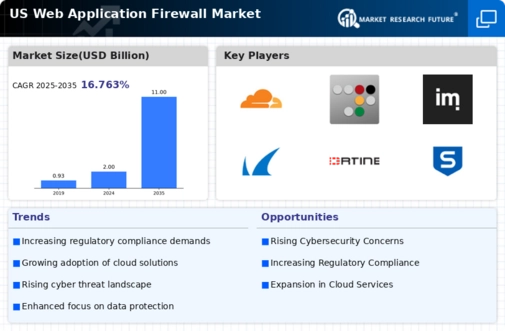

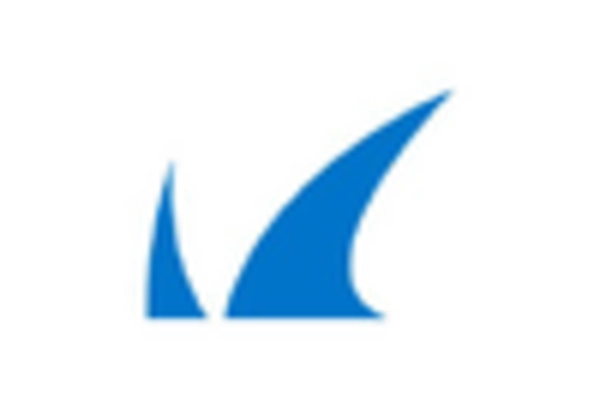
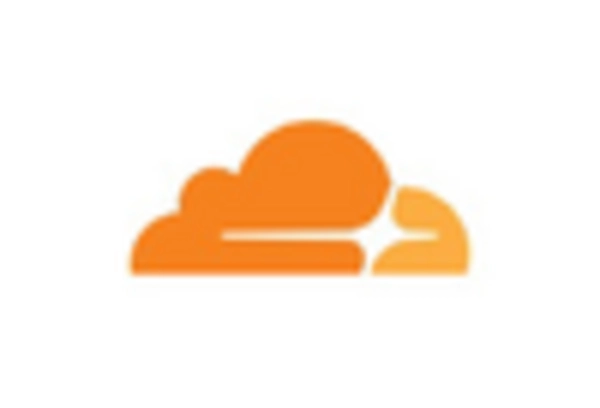
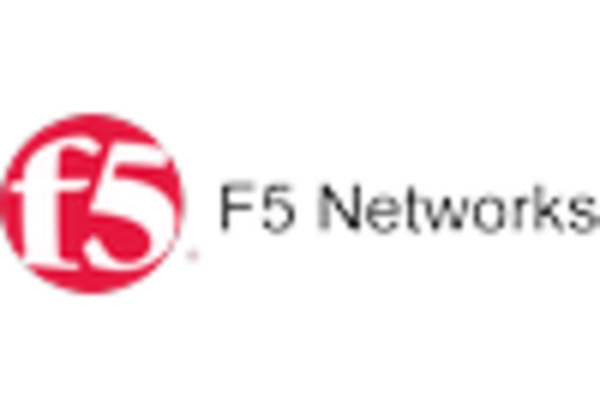
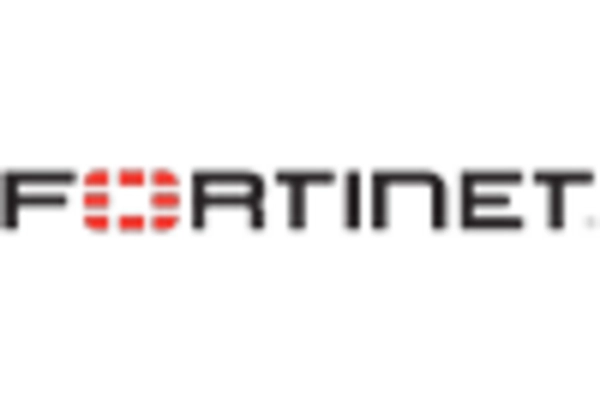









Leave a Comment